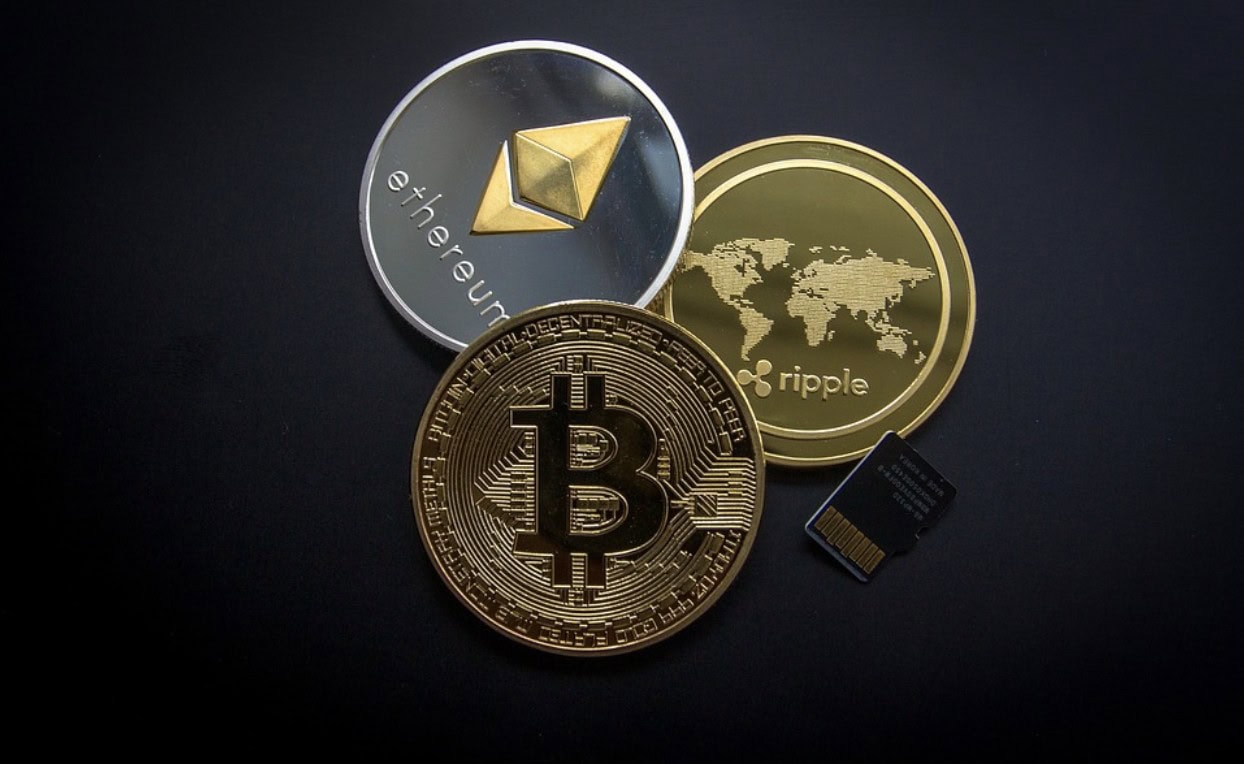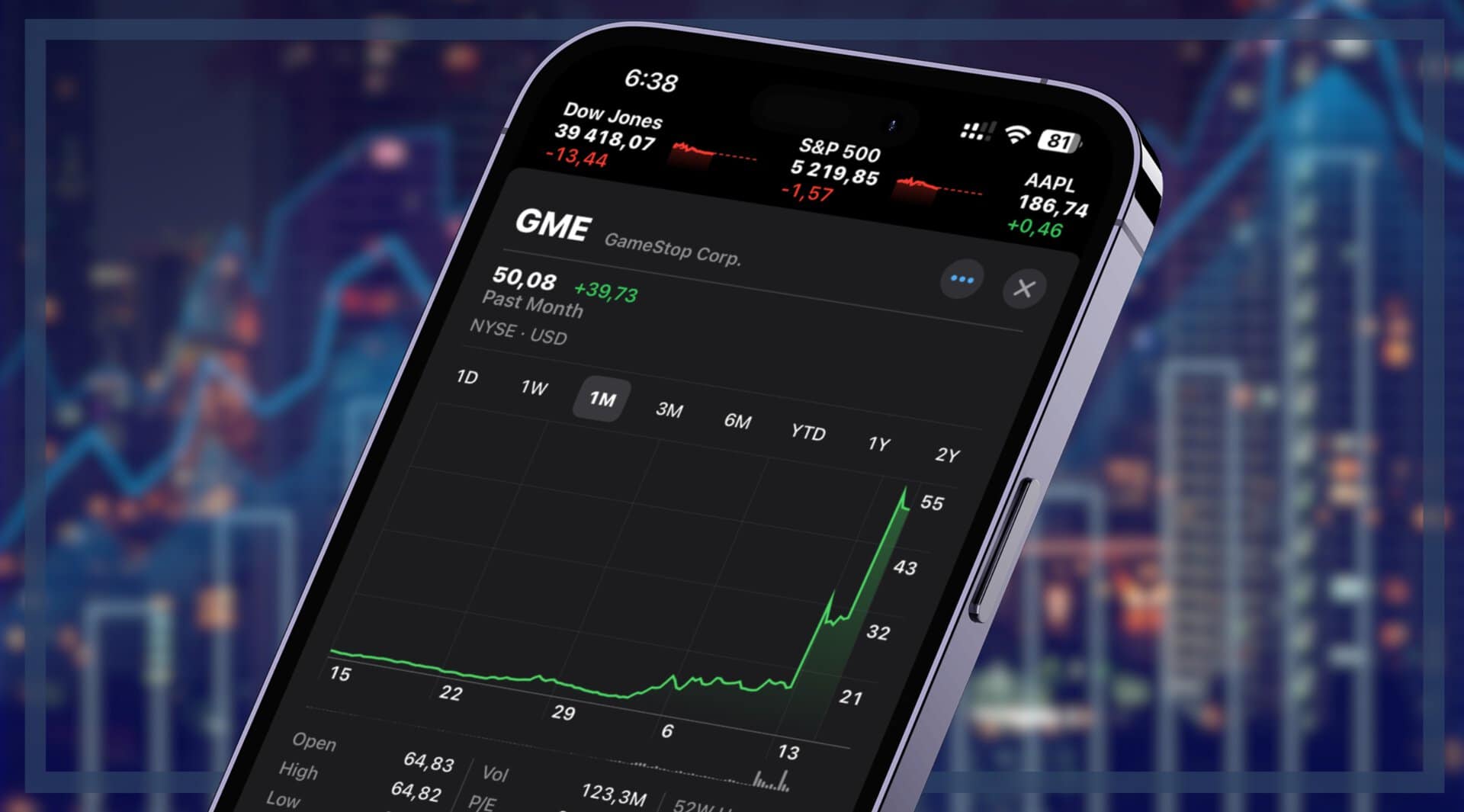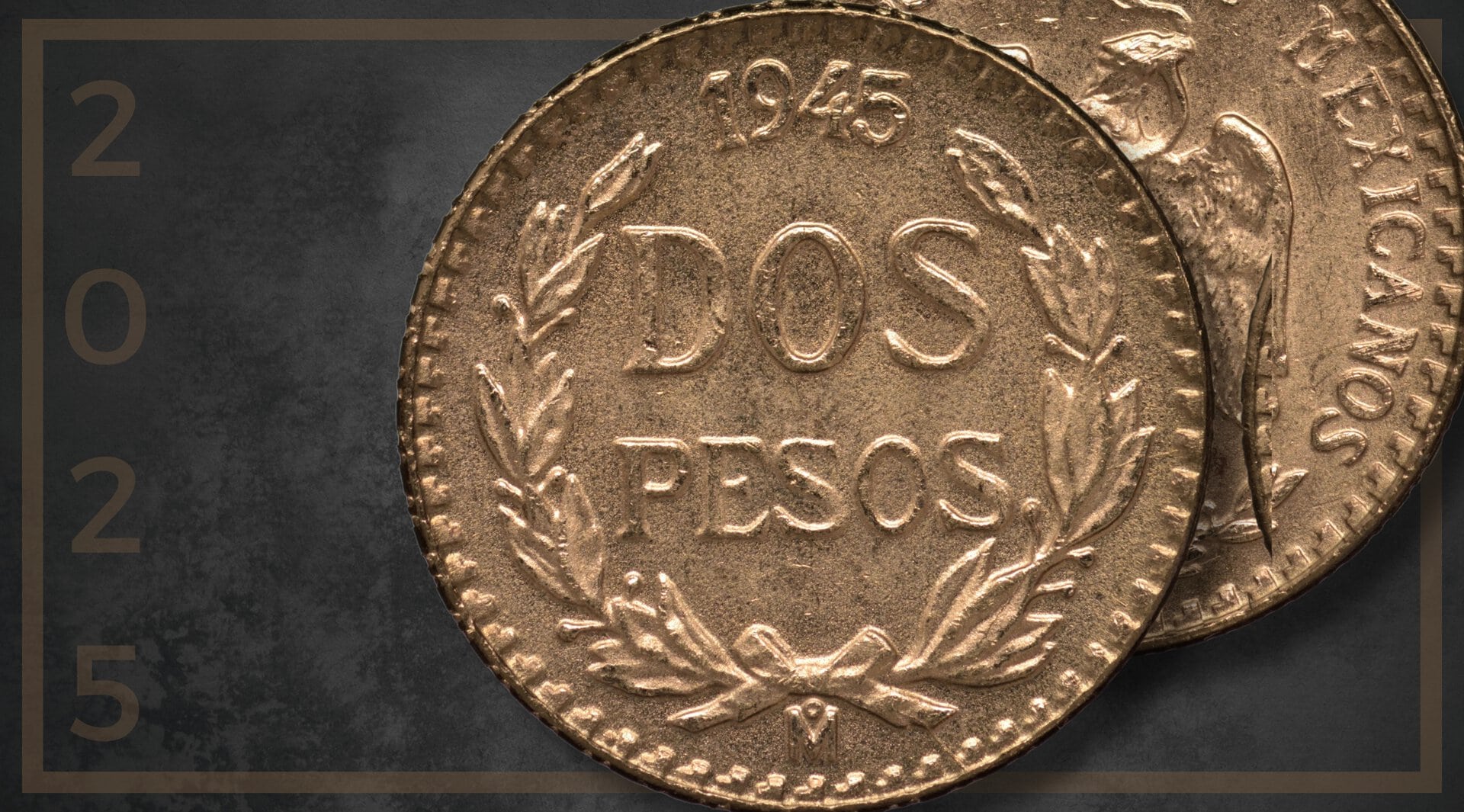Digital assets are constantly evolving, and investors are facing a range of opportunities – and associated risks – in 2025 and into the future. The expanding cryptocurrency industry, non-fungible tokens (NFTs), decentralized finance (DeFi), and tokenized assets all offer the draw of rapid growth, but these assets also come with challenges that must be navigated.
Global markets are becoming more familiar with various digital assets, however with regulatory uncertainty, volatility, and security concerns, there are risks to investing in these assets too.
Understanding the potential rewards alongside these risks will help investors make informed decisions. This article will address both the risks and rewards of investing in digital assets in 2025 and beyond.
What Are Digital Assets?
Digital assets are any type of assets that are created and held digitally that hold value. This broad definition includes various items, from documents to data, and complex forms like NFTs and cryptocurrencies.
When blockchain technology came to fruition in the 2010s, crypto and other digital assets quickly grew in popularity, changing what used to define a digital asset.
Types of digital assets
Digital assets can be divided into different categories, based on their use and characteristics:
- Cryptocurrencies: Decentralized digital currencies that do not rely on a central authority. Examples include Bitcoin, Ethereum, Dogecoin, and alternative meme coins. These currencies can be used for transactions or held in a crypto wallet as an investment. Names like Bitcoin and Litecoin dominate the crypto space, but other meme coins to invest in have the potential to also hold lots of value.
- Non-fungible tokens NFTs): NFTs are digital tokens that symbolize the ownership of a specific asset. They cannot be interchanged or replaced. NFTs are commonly used for digital art and collectibles.
- Tokenized securities: These digital assets represent financial investments like stocks or other securities in a digital form. Security tokens are subject to regulatory oversight.
- Central bank digital currencies (CBDC): Government-issued digital currencies regulated by central banks, representing national fiat currency in digital form. CBDCs aim to streamline transactions, improve financial inclusion, and provide stable payment options. China’s digital yuan is one example.
The Rewards of Investing in Digital Assets
There is a reason so many investors are including digital assets in their portfolios—they offer many benefits.
Potential for high returns
Digital assets can potentially offer high returns, as demonstrated by price increases in the past. Bitcoin, the most dominant cryptocurrency, recently surpassed the $90,000 mark, when a single Bitcoin cost just a couple of cents in 2009. It is expected that Bitcoin will continue to increase in value into 2025.
Accessible
Crypto and other digital assets are accessible to everyone, even those in countries or regions where they don’t have access to traditional banks. All you need is an internet connection and a digital wallet to store your assets.
Diversify your portfolio
Diversification is a safe practice in an uncertain financial world. It protects your portfolio from losses due to market fluctuations.
Since it is unlikely that each market will bottom out simultaneously, you will be safeguarded from significant losses if you invest in traditional assets like stocks, bonds, and real estate, as well as digital assets like crypto or NFTs.
The Risks of Investing in Digital Assets
Despite the rewards of investing in digital assets currently and in the future, there are also inherent risks to be aware of.
Regulatory grey area
Depending on where you live, government regulations might constantly be changing, or not be present at all. Legislation will impact how you handle your digital assets – including trading, holding, and taxation – and a lack of regulatory oversight will cause a lot of uncertainty.
Most platforms where these assets are traded do not have to adhere to regulatory frameworks that usually supervise traditional banks or exchanges. This can result in a lot of fraudulent transactions and mistakes in financial records.
Vulnerable to hacks
Despite the security that blockchain technology offers, trading platforms are still vulnerable to hacks. These security breaches pose significant risks to investors. For example, during the infamous Mt. Gox heist by Russian hackers, a large portion of Bitcoin’s market cap was erased. These hacks can therefore have severe impacts.
Market and price volatility
The crypto market, specifically, is highly volatile, with prices often experiencing dramatic swings within a single day. This volatility, driven by several factors, is sure to continue into the future. Supply and demand dynamics, especially for digital assets with a fixed supply like Bitcoin, play a large role. As Bitcoin’s supply nears its cap, scarcity pushes prices higher.
Large investors, called “whales” can also influence the market by selling large amounts of crypto, causing price fluctuations.
Technical storage challenges
When it comes to storing digital assets, there are two main methods: private storage in a non-custodial wallet or relying on a third-party custodian.
With private storage, either using an app or a cold storage device, the holder maintains full control over their assets. However, with this comes a significant responsibility—losing access to a private key or experiencing device failure meaning you lose access to your assets.















